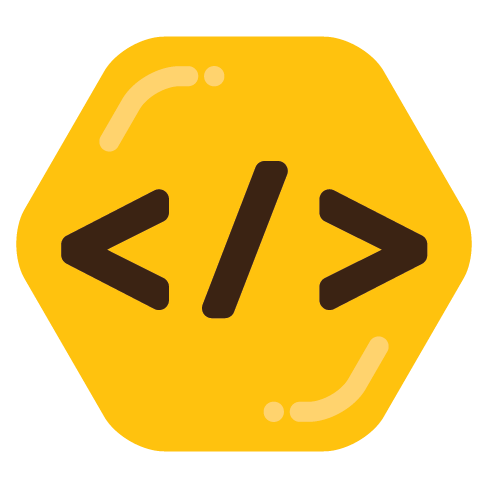

Yeah, they’re probably talking about nulls. In Java, object references (simplified pointers, really) can be null, pointing nowhere and throwing an exception if you try to access them, which is fine when you don’t have a value for that reference (for example, you asked for a thing that doesn’t exist, or you haven’t made the thing yet), but it means that every time you interact with an object, if it turns out to have been null, a null pointer exception is getting thrown and likely crashing your program. You can check first if you think a value might be null, but if you miss one, it explodes.
Kotlin has nulls too, but the type system helps track where they could be. If a variable can be null, it’ll have a type like String?, and if not, the type is String. With that distinction, a function can explicitly say “I need a non-null value here” and if your value could be null, the type system will make you check first before you can use it.
Kotlin also has some nice quality of life improvements over Java; it’s less verbose (not a hard task), doesn’t force everything to belong to a class, supports data classes which are automatically immutable and behave more like primitive values than objects, and other improvements.




I think you’re thinking of SerenityOS (although it isn’t actually a Linux):
https://arstechnica.com/gadgets/2021/08/not-a-linux-distro-review-serenityos-is-a-unix-y-love-letter-to-the-90s/